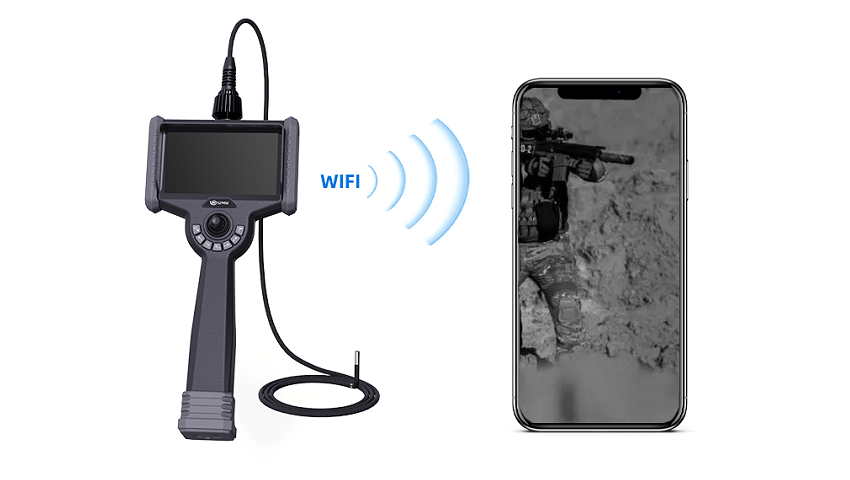Functions and Application Fields of Industrial Endoscopes
2023-09-25
Industrial endoscopes are advanced inspection devices that enable engineers and technicians to examine and observe components and equipment that cannot be directly accessed. Comprising a flexible camera, lighting source, and cable, they transmit real-time images to a monitor or computer, allowing for visual inspection of internal equipment. The following will discuss the functions and application fields of industrial endoscopes.
1.Real-time Image Transmission:
Industrial endoscopes capture internal images of equipment with flexible cameras and transmit them via a cable to an external monitor or computer. This real-time image transmission enables engineers to observe the internal conditions of equipment in real-time, identifying potential issues or defects. Real-time image transmission also facilitates remote operation and guidance, enhancing work efficiency and safety.
2.High-definition Visualization:
Modern industrial endoscopes are equipped with high-definition cameras, providing clear and detailed images. The high-definition visualization feature allows engineers to accurately observe internal components, connections, and surface conditions. This is vital for detecting and diagnosing equipment failures, measuring accuracy, and assessing component quality.
3.Flexible maneuverability:
Industrial endoscopes usually feature a flexible design that allows for inspection in narrow or hard-to-reach spaces. The flexible camera and guide wire enable engineers to easily navigate, rotate, and explore the internals of equipment, acquiring comprehensive visual information. This flexible maneuverability is particularly suited for industries that require inspections of long pipelines or space-restricted machinery or equipment.
4.Multi-functional Attachments:
Industrial endoscopes are commonly equipped with various attachments, such as lighting devices, measurement tools, and fixtures. Lighting devices provide ample illumination for clear visibility inside the equipment. Measurement tools assist engineers in performing dimension measurements and surface evaluations during the inspection process. Fixtures and supports secure the endoscope and equipment, providing a stable working environment.

Application Fields:
Industrial endoscopes find wide-ranging applications in multiple industries, including but not limited to the following fields:
5.Automotive industry: Used to inspect the engine, transmission systems, exhaust systems, and internal body to ensure safety and performance of vehicles.
6.Energy sector: Applied in areas such as oil drilling, natural gas pipelines, and nuclear power plants to detect equipment wear, corrosion, and structural integrity.
7.Manufacturing sector: Utilized for inspecting machinery, assembly lines, and production processes to ensure quality control and troubleshooting.
8.Aerospace: Used to examine aircraft engines, cabin components, and aerospace structures to ensure flight safety and reliability.
9.Medical field: Employed in endoscopic surgeries and internal organ examinations, providing non-invasive diagnostic and treatment options.
Industrial endoscopes are powerful and versatile tools that offer functions such as real-time image transmission, high-definition visualization, flexible maneuverability, and multi-functional attachments. They play a crucial role in industries such as automotive, aerospace, energy, and manufacturing, assisting with equipment inspections, troubleshooting, and quality control, thereby enhancing work efficiency and safety. With ongoing technological advancements, the functions and application fields of industrial endoscopes will continue to expand, driving further innovation and progress in the industrial sector.



